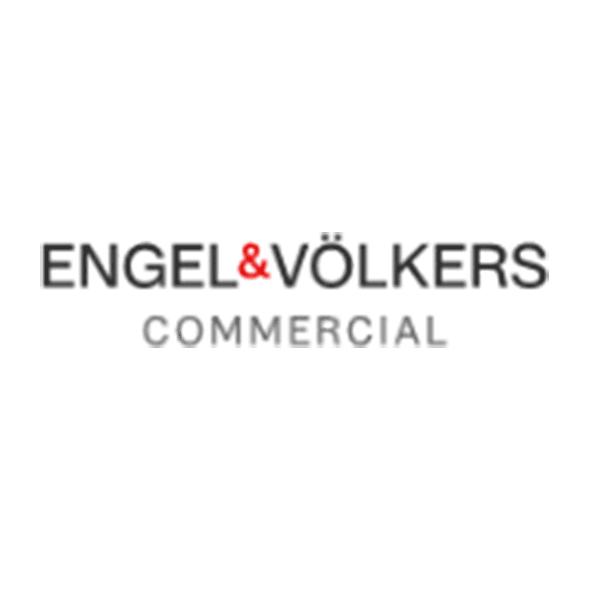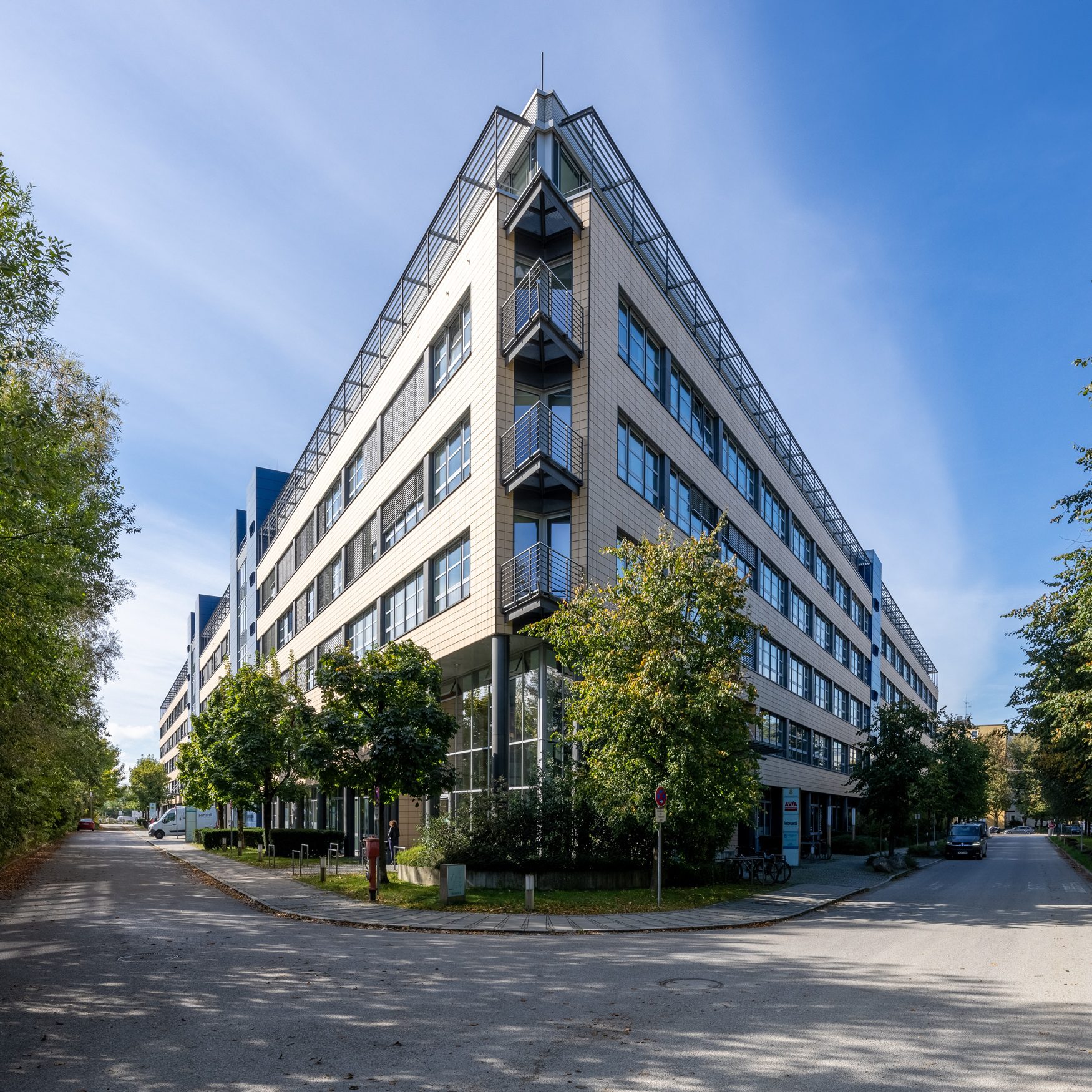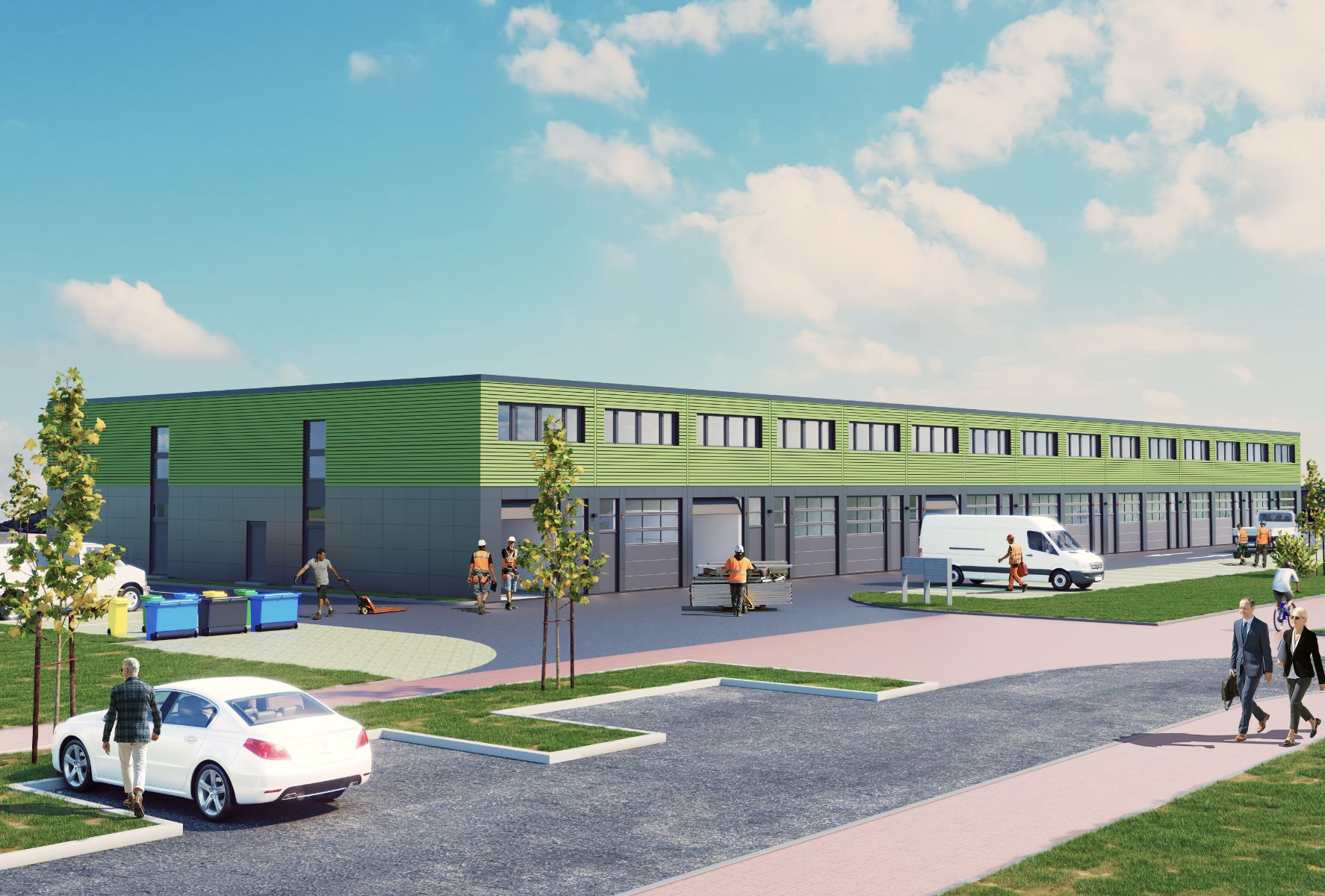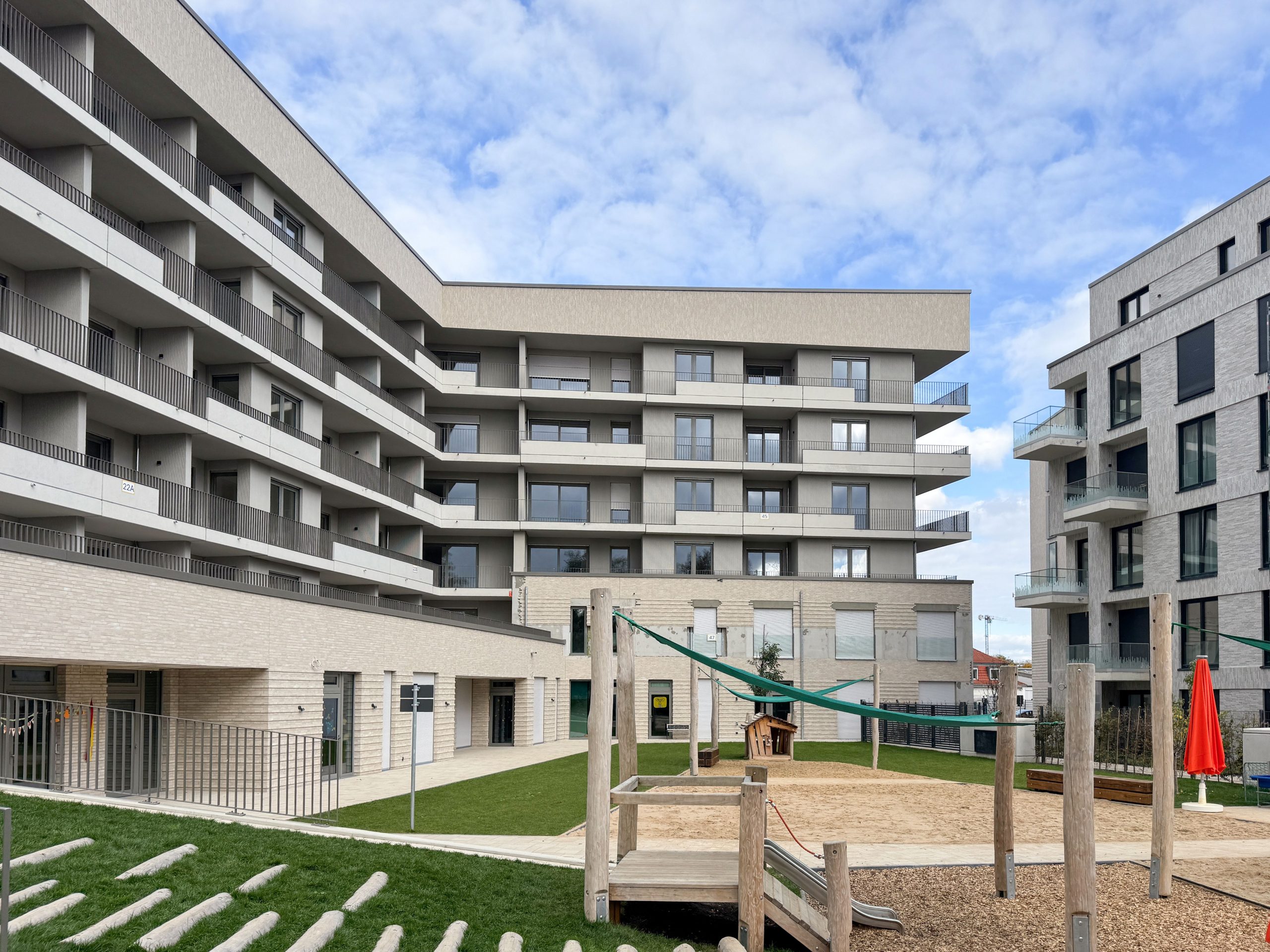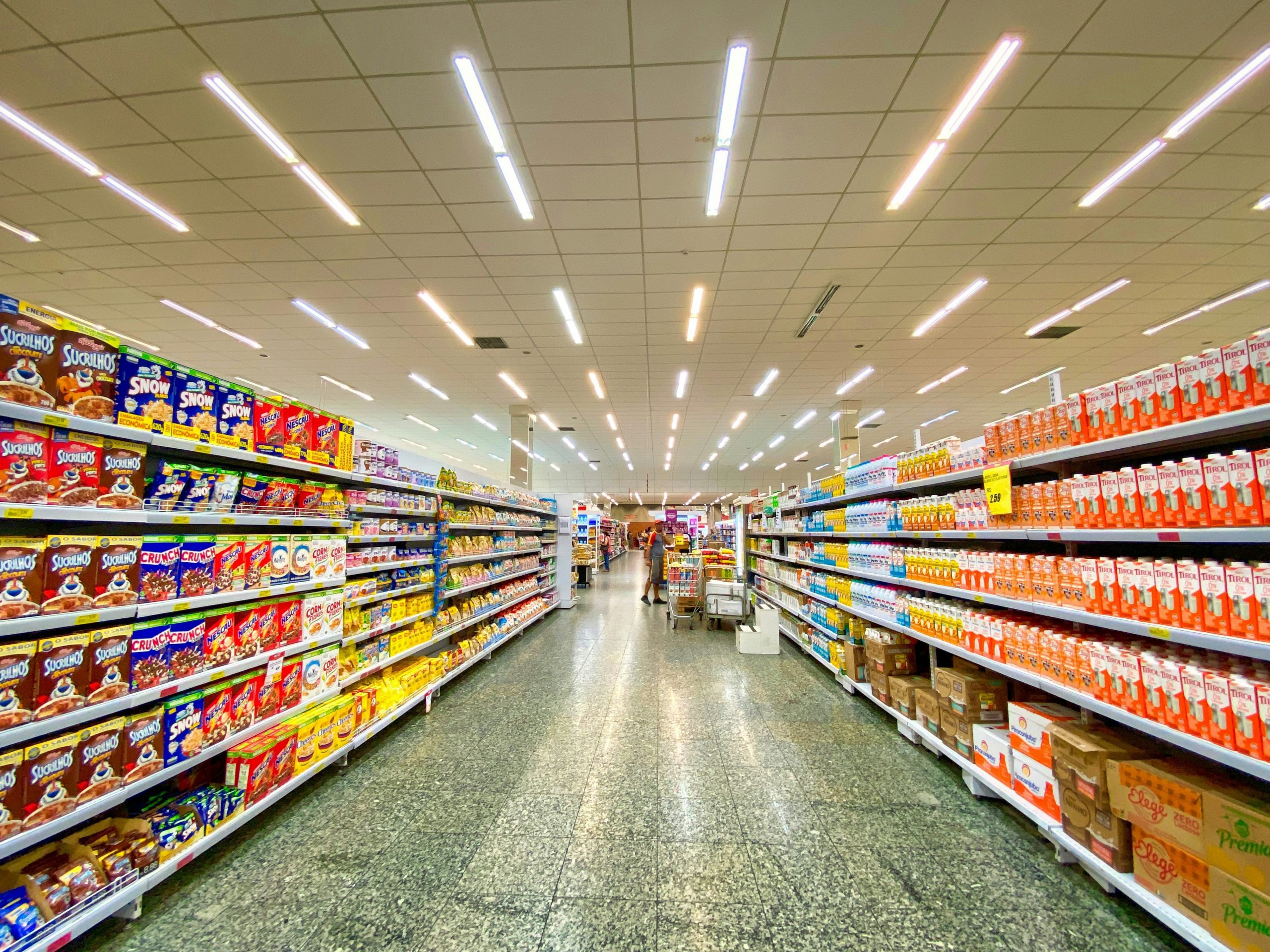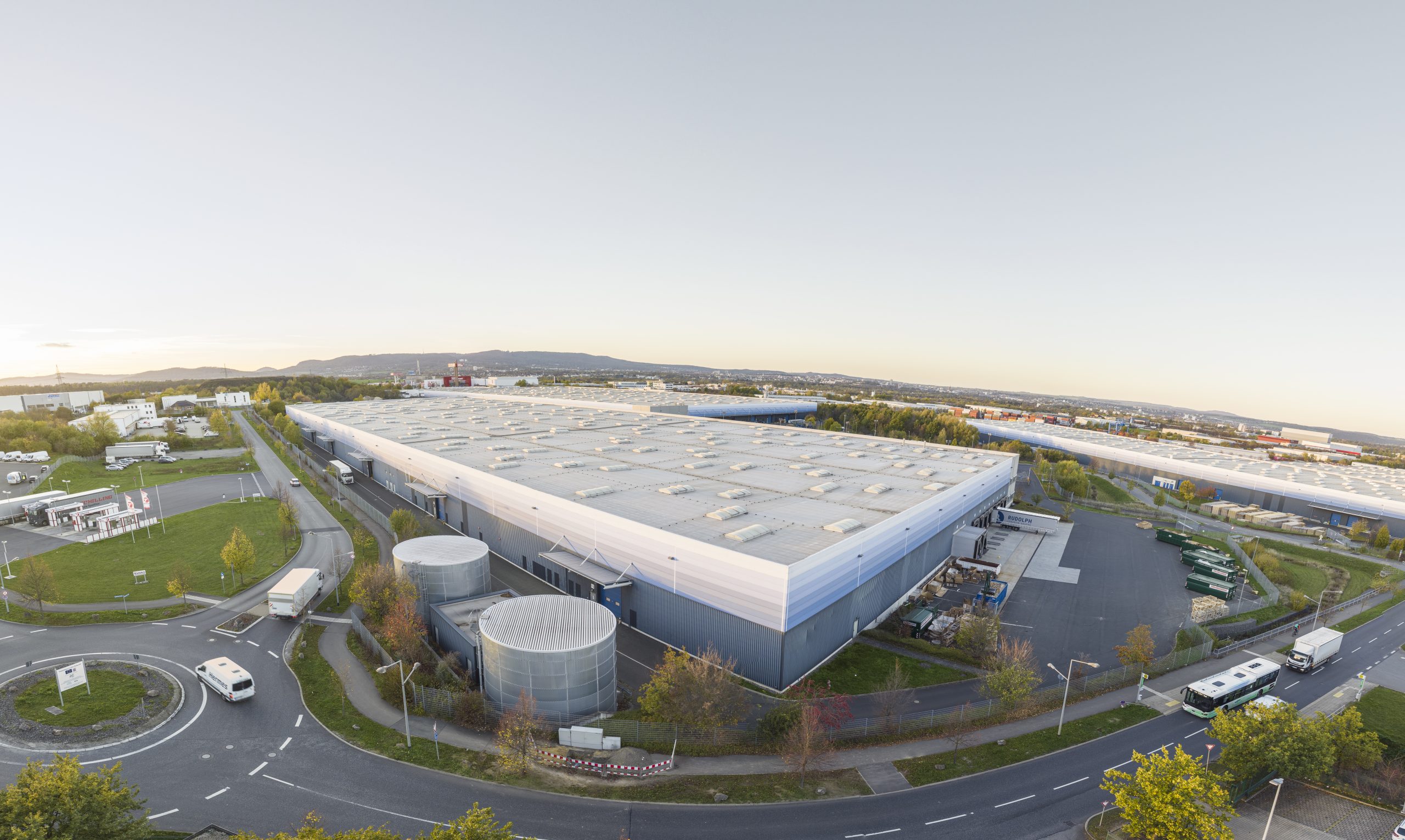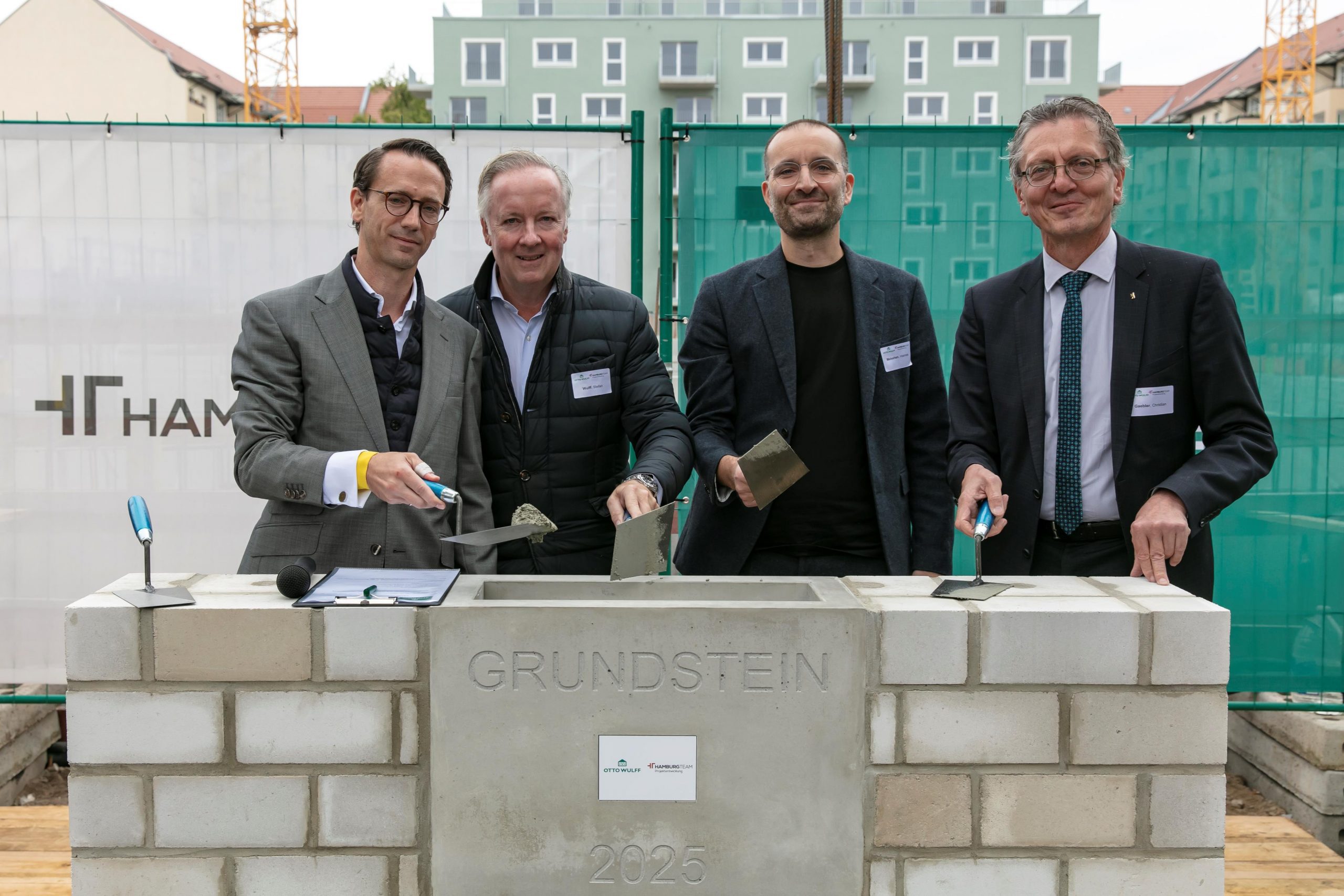The Berlin market for residential and commercial buildings (WGH) continues to grow. According to the latest data from the Valuation Committee, the number of transactions in the first three quarters of 2025 rose by around 32 percent year-on-year to 572 sales, while the transaction volume increased by 13 percent. Especially in the classic old districts such as Zehlendorf, Schöneberg and Prenzlauer Berg, there was increased trading. After the two-year price correction phase, the market has reorganized itself – housing is clearly at the center of investment strategies.
“The Berlin WGH market has bottomed out,” says Benjamin Rogmans, Managing Director at Engel & Völkers Commercial Berlin. “Nobody expects prices to fall further anymore – and this is reflected in the activity. Investors are becoming bolder again, the players are moving.”
Transactions up – prices stable, yields attractive
At the beginning of the fourth quarter, the average yield on the residential and commercial buildings traded by Engel & Völkers Commercial in Berlin so far in 2025 was around 4.5 per cent, which corresponds to 22.1 times the annual net cold rent. The average prices per square metre at the end of the third quarter were around 2,400 euros and thus at the previous year’s level.
Housing as a lead market – Berlin is a reference location
EXPO Real 2025 has also confirmed it: residential is the dominant asset class. Capital is shifting noticeably from other market segments to the safe haven of residential real estate. “Berlin remains the key market for residential investments in Europe,” says Benjamin Rogmans. “Demand is back, capital wants to get back into the product. International investors are now twice as active as in the previous year – especially from the USA, France, Israel, Switzerland and Scandinavia.”
More professional buyers are currently particularly in demand for portfolios with development potential – value-add properties, energy-efficient renovations and partition projects.
Seller-side: Focus on development instead of pure speculation
On the seller side, profit-taking by private owners continues to dominate, often in connection with inheritances or life phase decisions. No price jumps are expected in the short term. The market dynamics have changed: “Upside is primarily created through targeted development and optimization, no longer through pure price movement,” says Rogmans. “Simply holding properties, without active asset management, can lose meaning. Those who have substance and develop it further benefit from it. If you just wait, you lose time and possibly value.”
Institutional product is also returning: At EUR 573.3 million, the transaction volume of portfolio deals in the first three quarters of 2025 was many times higher than in the same period of the previous year (EUR 77 million) – a sign of increasing market liquidity.
Financing: More selective, but possible again
The financing environment remains challenging. Banks continue to act selectively, restructuring existing exposures and gradually reassessing portfolios. At the same time, there are increasing indications that banks are cautiously re-entering housing financing, especially with solid equity structures and clearly comprehensible, stabilised cash flows. “If banks want to finance something at the moment, it is housing,” Rogmans emphasizes. “This confirms how strong confidence in this segment has become again.”
View:
With almost 100 properties sold and around 40 further deals expected in the course of the year, Engel & Völkers Commercial Berlin will remain the clear market leader in residential and commercial buildings in the capital in 2025. The brokerage house expects strong year-end business. “Smart money” is back on Berlin’s radar – housing is leading the market as a stable, capital-seeking and viable asset class.
